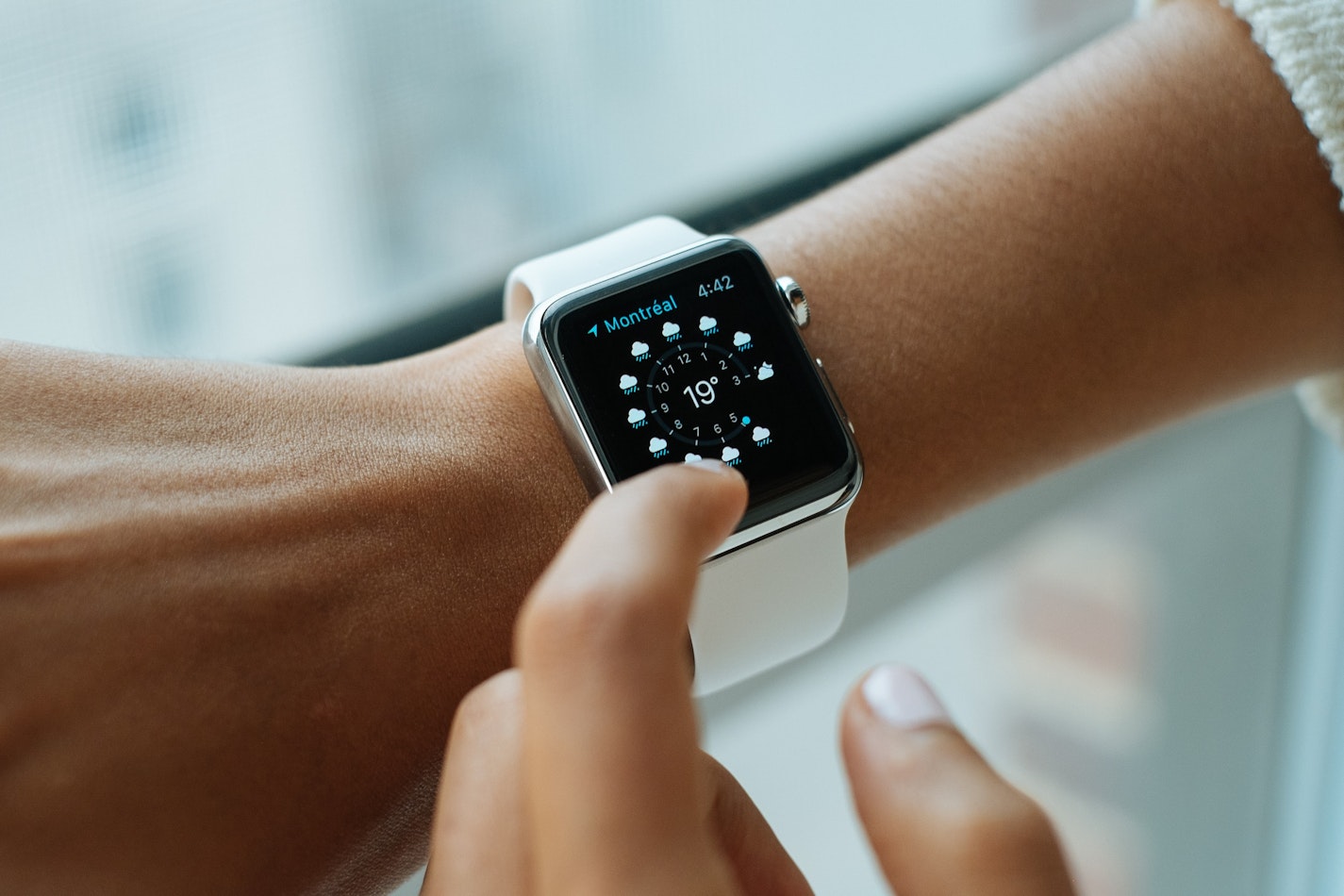
The Role of Next-Gen Tech as the Link to ESG in the Insurance Industry
In the wake of the digital twin revolution that took root in the aerospace industry in the early 2000s, various sectors, including manufacturing, healthcare, and energy, have successfully integrated this transformative technology. Now, the insurance industry stands at a critical juncture, contemplating the adoption of digital twins.
With proven benefits such as enhanced risk assessment, precision underwriting, streamlined claims processing, and improved fraud detection, digital twins could revolutionize how insurers operate. As the industry weighs the potential for unprecedented efficiency and innovation, the question is not whether but when and how the insurance sector will embark on this transformative journey, stepping into a new era of data-driven decision-making and customer-centric solutions.
Digital twin technology heralded for its transformative impact across various advanced industries globally, presents a compelling case for revolutionizing the life insurance sector. As industries increasingly prioritize Environmental, Social, and Governance (ESG) practices, the integration of digital twin technology into life insurance emerges as a logical progression.
Gartner, a leading research and advisory firm, foresees a substantial impact of Digital Twins on the life insurance industry within a 2 to 3-year timeframe, underscoring its potential to reshape traditional paradigms.
But what is a Digital Twin?
Digital Twin is a tool that facilitates the understanding, analysis, and optimization of physical entities or systems by creating a digital counterpart that mirrors their characteristics, performance, and behavior.
In the Life industry, digital twin technology enables accurate risk assessment and underwriting processes. By creating a virtual replica of insured lives, insurers can analyze individual ESG behavior and patterns. This includes factors such as lifestyle choices, exercise routines, and overall health practices. By utilizing sensors and real-time data, insurers can constantly monitor the insured's activities, making it easier to assess risk accurately.
For instance, if an insured engages in environmentally sustainable practices such as recycling or reducing carbon footprint, it may indicate a healthier lifestyle with better longevity prospects, potentially reducing insurance premiums. Furthermore, digital twin technology can empower insurers to offer personalized policies based on ESG-related characteristics.

By analyzing an individual's behavior and preferences, insurers can design tailor-made policies that align with an insured's values and priorities. For instance, insurers can structure policies that offer additional benefits or discounts if an insured demonstrates a strong commitment to social responsibility by engaging in volunteer work or supporting charitable causes. This not only enhances customer satisfaction but also encourages positive ESG practices in the insured population.
Moreover, digital twin technology enables insurers to leverage predictive analytics to determine future risks and potential gaps in coverage. By analyzing vast amounts of data related to insured lives, insurers can proactively identify potential risks and offer pre-emptive solutions. For example, if an insured's virtual twin predicts an increased risk of heart disease due to unhealthy eating habits, insurers can recommend personalized wellness programs or suggest adjustments to coverage plans. By promoting healthier lifestyles, insurers can contribute to social well-being and reduce long-term costs associated with chronic diseases.
According to a comprehensive 2019 Deloitte Research study exploring the impact of digital twins in the manufacturing industry, organizations stand to reap substantial operational efficiency gains, with potential improvements reaching up to 30%. This research underscores the transformative power of digital twin technology, showcasing its ability to revolutionize operational processes within manufacturing.
Emerging as a pioneering force, NTT is at the forefront of developing digital twins, focusing on a range of areas to harness the transformative potential of this technology:
Smart Manufacturing: It enables real-time monitoring and analysis of production lines, allowing for better predictive maintenance, reducing downtime, and optimizing overall operational efficiency.
Smart Cities: It merges real-time data from various sources, such as sensor networks, weather data, and transportation systems, to create a virtual replica of a city. This enables city planners to simulate and optimize various scenarios, such as traffic flow, energy consumption, and emergency response planning.
Smart Buildings: Helps optimize energy usage, enhance facilities management, and improve occupants' comfort. By integrating data from IoT sensors, HVAC systems, and occupancy patterns, the digital twin enables real-time monitoring, predictive maintenance, and energy optimization.
Healthcare: It aids in patient care and operational efficiency. It combines patient data, medical devices, and treatment protocols to create a personalized digital twin for each patient. Healthcare providers can simulate various treatment scenarios, monitor patient progress, and analyze data to enhance diagnoses and treatment plans.
Supply Chain Management: Providing real-time visibility and optimization of the entire supply chain. The digital twin model simulates different scenarios, evaluates potential disruptions, and offers recommendations for better inventory management, order fulfillment, and logistics optimization.
Insurance: Developing digital twins of buildings, combined with real-time satellite data to create predictive and preventative risk models, at an individual and portfolio risk level.

In essence, the incorporation of digital twin technology into the life insurance sector represents a strategic response to the evolving landscape shaped by ESG considerations. Beyond traditional risk assessment, this technology introduces a paradigm where insurers can offer personalized policies aligned with individual values and behaviors. As the industry anticipates the impending impact predicted by Gartner, the convergence of digital twin technology and life insurance holds the promise of fostering sustainability, supporting social responsibility, and redefining how insurers engage with their customers.
Header photo by Aideal Hwa on Unsplash
Subscribe to Our Newsletter
Get the latest insights about Global solutions for leading insurers on your email



